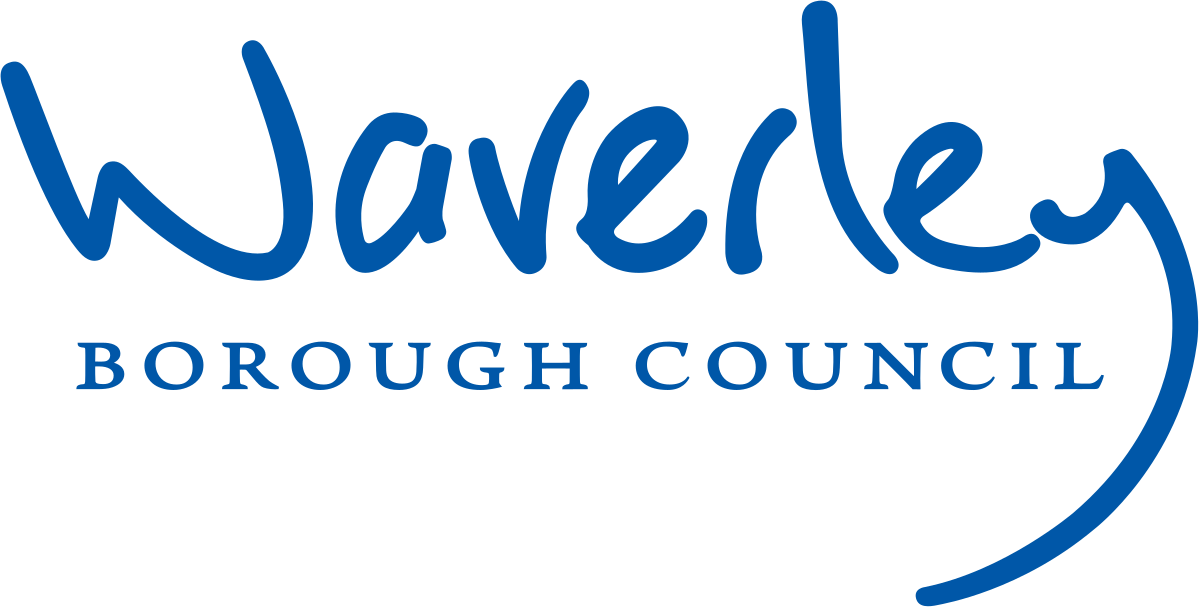Blog

There are a many different types of company that exist, but not all of them are appropriate for all types of activity. The main corporate structures available to Councils are: Company Limited by Shares Company Limited by Guarantee Community Interest Company Community Benefit Society Limited Liability Partnership (LLP) The following paragraphs briefly describe each in more detail. Company Limited by Shares This is the usual legal form for profit-making private companies and is where shareholders buy shares that allow them to earn dividends from the company’s post tax profits. Most Council owned companies are set up as this type of company, with the Council being the main sole shareholder. They invest all of the equity in the company and therefore receive all the dividends once the company is profitable. The basic purpose and benefit of a limited company is that it creates a separate legal entity which limits the liability of the Council (or any other shareholder) if the company ever becomes insolvent. Company Limited by Guarantee This form of company has no shareholders so there is no distribution of dividends. Instead the company has Members who each guarantee to pay up to £1 towards the company’s debts. All surpluses are then re-invested in the company or the community. This is the most common form of company for not-for-profit social enterprises. It is therefore unlikely to be suitable for a private rented housing company, unless there is no intention to earn a return on the investment. Community Interest Company (CIC) A Community Interest Company is based on a conventional company model, either limited by shares or by guarantee, with two additional features designed to ensure that its activities are undertaken for the benefit of the community. Firstly, a CIC must submit to the Regulator on its formation a community interest statement that sets out the company’s benefit to the community. Secondly, the memorandum/articles of association must state that ‘the company shall not transfer any of its assets other than for full consideration’, except in cases where the assets are transferred to another asset-locked body such as another CIC or a charity, or the transfer is made ‘for the benefit of the community other than by way of a transfer of assets to an asset-locked body’. However, the regulations do make provision for the payment of capped dividends in the case of a CIC limited by shares. As a result, once again, if the intention is to provide uncapped dividends to the Council, or potentially dispose of any of the properties in the future to a non-charitable entity, then this structure might not be appropriate. Community Benefit Society This corporate form, which replaced Industrial and Provident Societies, has members rather than shareholders, and as a result there is no share capital and no distribution of dividends. These organisations are registered with the Financial Conduct Authority rather than Companies House. They can be charitable, which offers tax advantages, but are not required to be registered with the Charities Commission. As a result, this form of corporate structure would also not be appropriate for our purposes. Limited Liability Partnership (LLP) Where two or more parties are working together to achieve a common objective, with the aim of combining their resources and expertise, there can be tax advantages to forming a LLP rather than creating a company limited by shares that is taxed as a separate entity. For example, a Council could input land assets, whilst a private partner inputs equity capital and development expertise and staffing resources, to undertake a joint development producing homes for sale or long-term rent. Typically, the partnership would share profits from the joint venture proportionate to the value of their investment in the arrangement. Each partner is then taxed separately in relation to their investment in the LLP, rather than the company paying taxes on the profits in its own right. This is known as being tax transparent and would result in the Local Authority receiving its share of the LLP profits tax free, as it is exempt from corporation tax, although the return to the Council would still probably be less than it would be if it was the sole shareholder in a company limited by shares. The LLP structure can also make it easier to make changes to the partnership as it progresses, as opposed to issuing or selling shares in a limited company., although LLPs are still registered at Companies House and regulated like a separate company. Summary As you can see there are a number of structures that are available to Local Authorities. It is therefore essential that you seek legal advice to help you evaluate and recommend the most appropriate company type based on the strategic purpose you have chosen to pursue and the specific business activities, tenures, and delivery arrangements you intend to adopt. There is not necessarily just one suitable legal form in each case, and there will be pros and cons of each company option available to you.

This week a former client asked me for advice regarding the Council using Right to Buy receipts to purchase developer-led S106 homes, following the Registered Provider pulling out of the proposed purchase from the developer. This isn't the first time that this topic has been raised so I thought I would respond more broadly, with my view. The Right to Buy scheme was introduced in 1980, to help council tenants in England buy their home at a discount. The scheme was reinvigorated from April 2012, with maximum discounts being increased from as little as £16,000 in some areas to a maximum that now stands at £82,800 across England and £110,500 in London. Since then there has been a surge in the number of homes sold under the RTB scheme - with 79,119 homes sold between 2012/13 and 2018/19. The intention of the policy, as well as to encourage home ownership, was to increase the receipts available to Local Authorities and encourage them to use those increased retained elements of the Capital receipt to invest in replacement affordable housing. There are rules about what qualifies as eligible spending and how Right to Buy Receipts can be used. Put simply, there are three ways of delivering the replacement housing: The Council builds new affordable homes, The Council acquires homes that are not already let as social or affordable housing, or The Council grants to Housing Associations or Registered Providers to deliver these new homes within the same guidelines. The wording in the original DCLG (as it was then) agreement is not overly specific on the subject of developer-led S106 sites, however given that the Local Authority is able to use such funds to provide its own 100% affordable developments and indeed it can be used to deliver the affordable element of any mixed tenure development that it wishes to undertake itself, I do not see how purchasing such S106 properties using retained Right to Buy receipts would be against the policy, providing the development has not benefited from other central government housing support. This opinion has also been tested and proven in a number of Local Authority areas over the past few years. In 2015, Epping Forest District Council entered into an agreement with Linden Homes to purchase S106 affordable properties at Barnfield in Croydon, using Right to Buy receipts and other HRA capital resources. In 2018, Brighton and Hove City Council stepped in to purchase a number of affordable homes from Developers as none of the City's five housing associations wanted to take them on. This can sometimes be due to the number of homes not being sufficient to see the RP's minimum, but also, more often of late, is that RPs are acting more commercially and being far more selective as to what properties they take on. In 2019, Cambridge City Council agreed to purchase fourteen S106 affordable homes from Hill, on its development on Clerk Maxwell Road and former Trinity College Tennis Courts In addition, London Borough of Tower Hamlets also has the purchase of Developer-led S106 affordable housing as a key option within their Strategy for using Right to Buy receipts.













